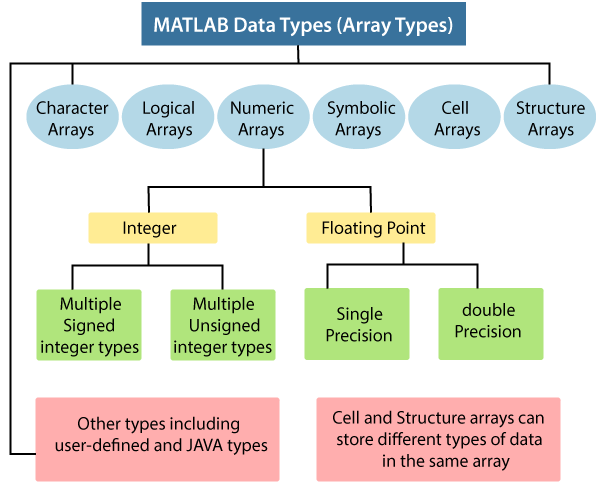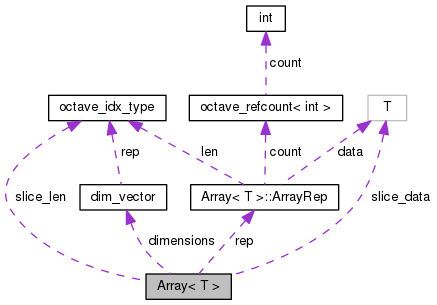

To work around this deficiency, Octave coding guidelines (guidelines required for code contributed to Octave. This syntax is mainly required for Matlab compatibility which is one of the aims of GNU Octave. And even if you call a function without any arguments, the parentheses are optional: foo(1) # 1st element of foo? Or is foo a function?įoo # Is this a variable or a function call without any arguments? Both variable indexing and function calling uses the same brackets () (other languages typically use () for functions and for index variables). The real problem is that the syntax does not allow to distinguish between a variable and a function. It contains well written, well thought and well explained computer science and programming articles, quizzes and practice/competitive programming/company.

However, the real problem is not that variables can shadow functions.

While in in 4.3.0+ (which one day will become 4.4): octave-cli-4.3.0+:1> a = 1:10 Įrror: sum(10): out of bound 1 (note: variable 'sum' shadows function) However, in the upcoming release of Octave, out of bounds errors will give a hint that the variable name is shadowing a function. Maybe you later decide that you want to use an Octave package which brings a whole set of new functions, one of which could clash with your variables.
Gnu octave array of functions how to#
The following example shows how to replace all blank characters with underscores. element multiplication if T and V are arrays of values.2 You can use this function from the command window as Pressure(298,0.022,8. Since a string is just a matrix, simple manipulations can be accomplished using standard operators. MATLAB likes arrays (vectors) and array operations - something that we will exploit time and again. And the issue wouldn't be limited to new Octave versions. Octave supports a wide range of functions for manipulating strings. That level of backwards incompatibility would be worse. Your program would stop working and you would have to rename your variables. Built-in Function: C num2cell (A) Built-in Function: C num2cell (A, dim) Convert the numeric matrix A to a cell array. A new Octave version comes out and adds a function named total. As an alternative to creating empty cell arrays, and then filling them, it is possible to convert numerical arrays into cell arrays using the num2cell, mat2cell and cellslices functions. You write a program in Octave and you have a variable named total which is not a function. Imagine Octave does not allow variables to have the same as a function.


 0 kommentar(er)
0 kommentar(er)
